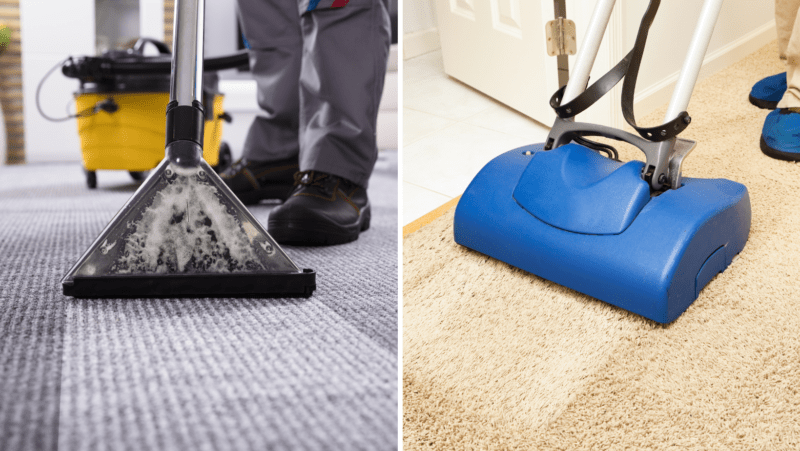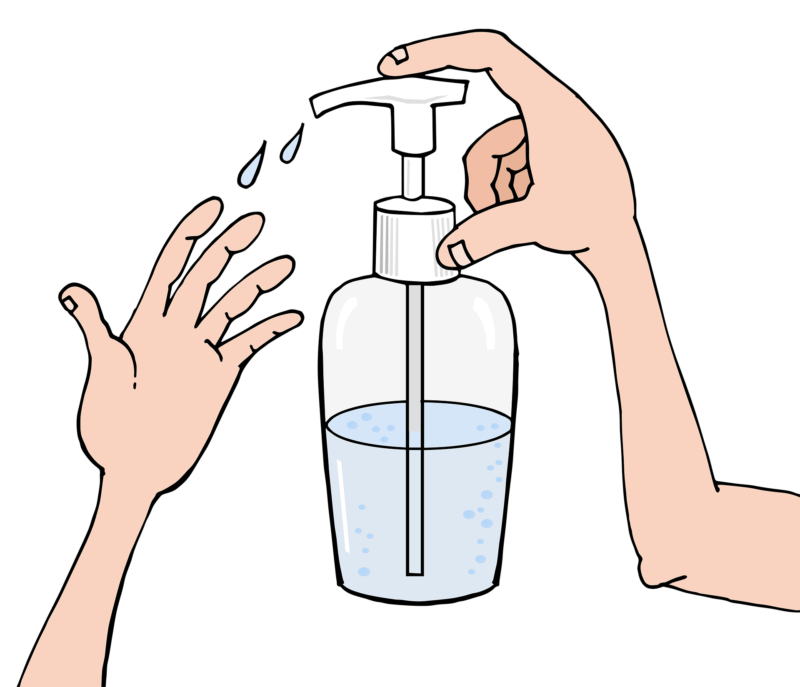The Mystery Of Microfibre
If you have read anything about car detailing, and cleaning in general, in the past 5 years you will have read about ‘microfibre cloths’ being the cloths of choice. Here is everything you always wanted to know, even though you didn’t know it.
History
Microfibre has been around since the 1950’s but has only recently made a significant impact on the commercial cleaning market. This is primarily due to the cost of production decreasing and its popularity growing. The combination of these two factors has seen China become a world leader in quality microfibre production.
Benefits
Microfibre cloths are designed for cleaning on a microscopic scale. According to tests using microfibre materials to clean a surface leads to reducing the number of bacteria by 99%, whereas a conventional cleaning material reduces this number only by 33%. Microfibre cleaning tools also absorb fat and grease and their electrostatic properties give them a high dust-attracting power. Microfibre is super absorbent, able to hold up to 7 times its own weight in water.
One of the best features of microfibre is it leaves no lint, this is particularly beneficial when wiping down glass and mirrors. Microfibre will leave a streak free finish.

Composition
Microfibre is synthetic fibre about 1/100th the diameter of a human hair and 1/20th the diameter of a strand of silk. The most common types of microfibres are made from polyesters, polyamides (such as nylon) or a combination of polyester, polyamide and polypropylene. The shape, size, and combinations of synthetic fibres are selected for specific characteristics, including soft-ness, toughness, absorption, water repellence, electrodynamics, and filtering capabilities
Weight – GSM
Cloths are measured in grams per square meter (GSM). Good quality knitted cloths are around 330 GSM while woven cloths are around 350 GSM. Cheaper and lesser quality cloths will weigh anywhere from 150 -250 GSM. These cloths simply wont last longer than a few dozen washes without having to be replaced.
On the other end of the scale, some cloths can get up to 600 GSM. These are top shelf polishing cloths may not worth the investment for commercial cleaning purposes.
Caution
Because microfibre has such strong absorptive properties when a cloth picks up dust and dirt it will stay trapped in the cloth. If you continue to clean or polish a surface with a dirty cloth, the trapped dirt can scratch your cleaning surface. If you are polishing a cars exterior paint surface, ensure you remove all the dirt and use a clean cloth.
Thanks to Paul from Microfibre World, valued supplier to Jim’s Cleaning Group, for the above technical information.



